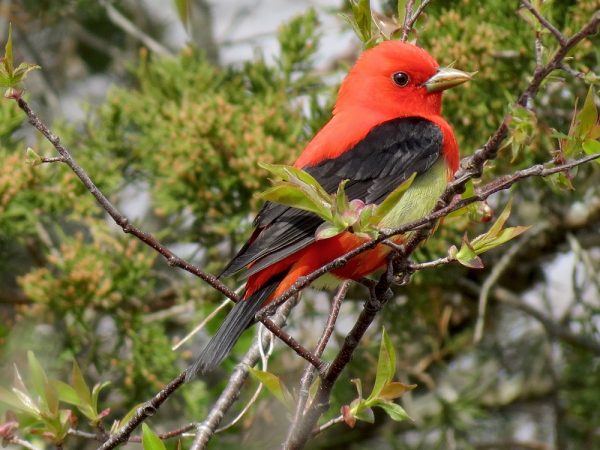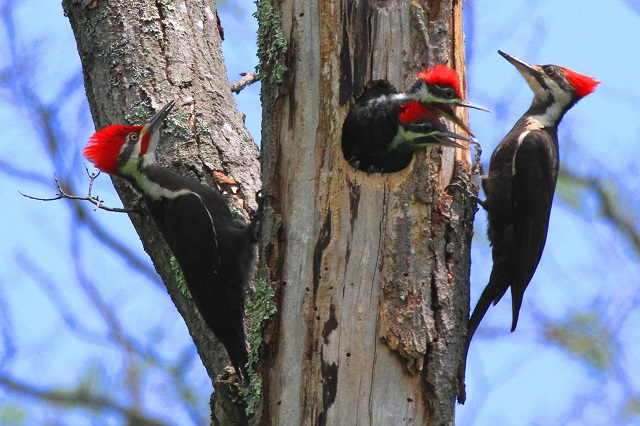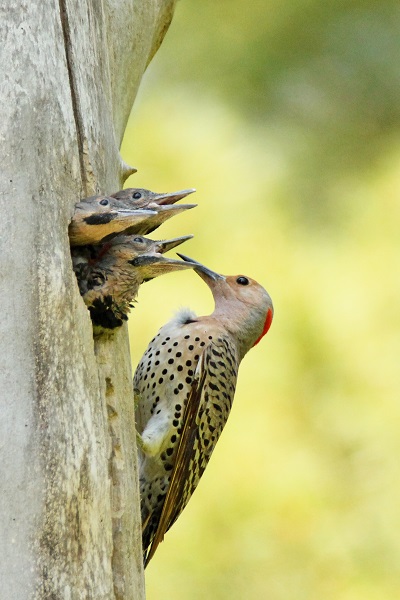
Scarlet Tanager © Ruby Sarkar
Past blog posts about our Elm Hill Sanctuary – a Foresters for the Birds demonstration site—have largely discussed the planning of forestry practices to manage and enhance bird habitat. We kicked the project off last fall and winter, when our migratory birds were hundreds or thousands of miles away. So, until spring arrived, we were not able to work much with the birds themselves.
A primary focus of the program is indeed birds and their habitat, so it is important to assess how effective any implemented forestry practices are. This enables us to make adjustments to future management and maximize the benefit for birds. We do this by monitoring how the birds respond. At the earliest, on the ground management at Elm Hill will not happen until this coming winter. However, we will need to compare the future bird response to current, baseline conditions. A before-and-after, if you will.
Late May through early July is the ideal time to sample breeding birds. Migration is over, so all the birds have arrived and will likely remain through the season. They are on breeding territories and actively singing, which helps us to detect their presence. During this time we can begin to answer some important questions.
For example, which species are present, and what are their general habitat preferences? How many species are present? How many individuals of each species are present? Is a particular species absent that we may have expected? Answering questions like these help us to characterize the current bird community. Answering the same questions after habitat management will help us assess just how effective our efforts were.

Wood Thrush nest © Michael Ross
This is why, with the help of volunteers, Sheila Carroll and Mark Lynch, we recently completed a series of point count surveys at Elm Hill, all within areas that are slated for management in the near future. With this initial information in hand, we will eventually see how things change after management, which is geared towards helping species in need of conservation action. The next step will be to dig into the data, and some results will be shared in future Elm Hill updates. Stay tuned!



